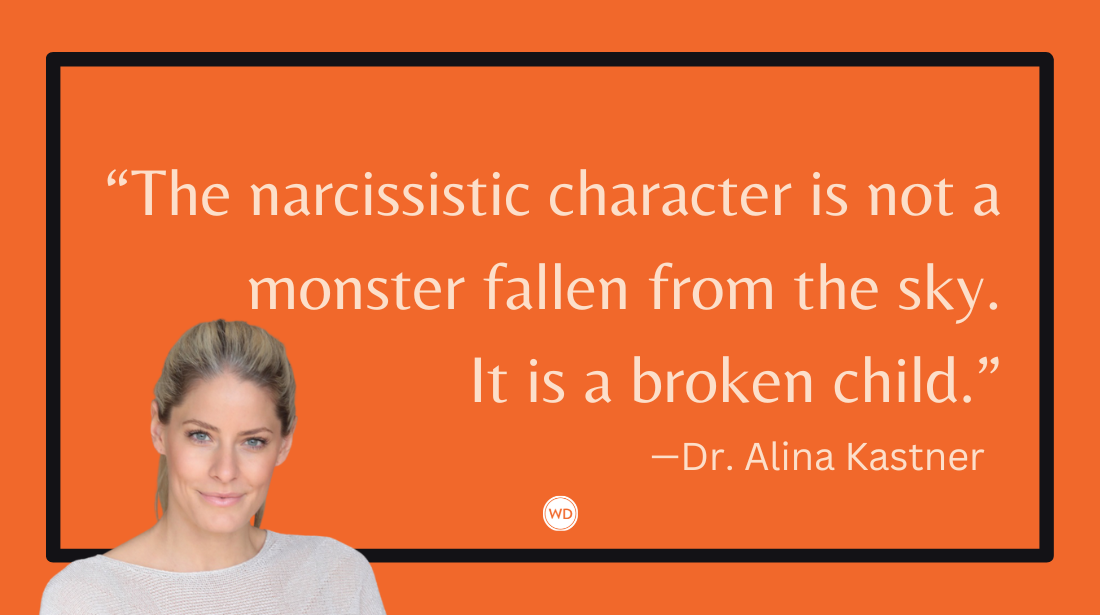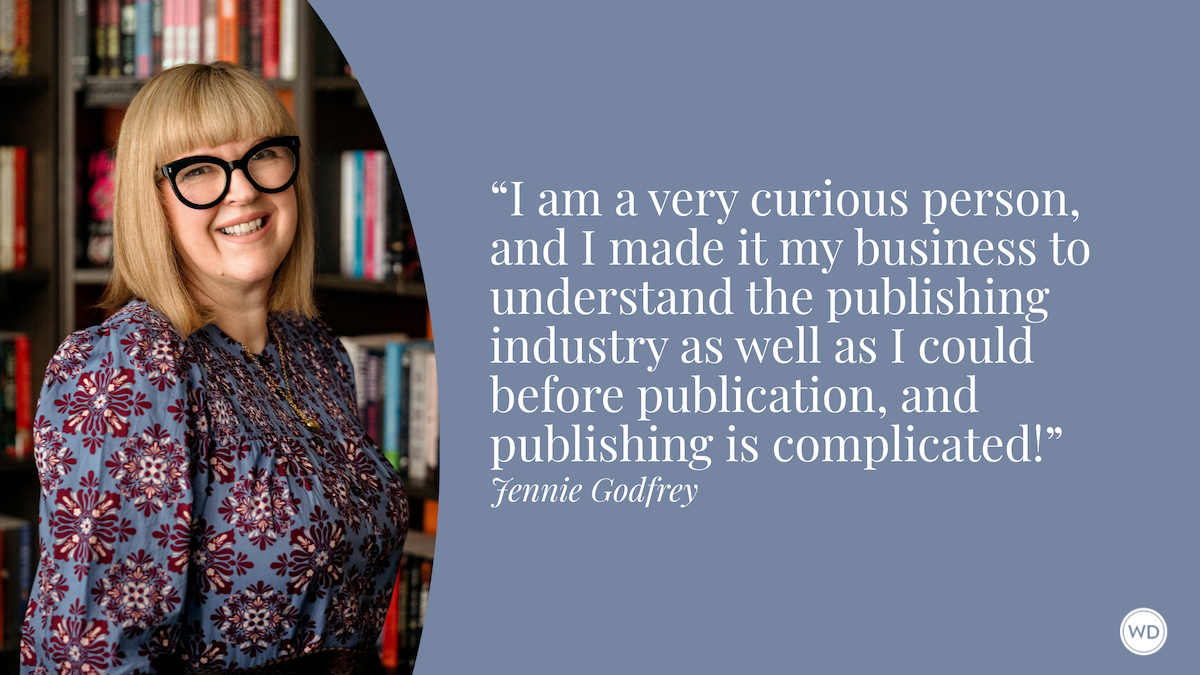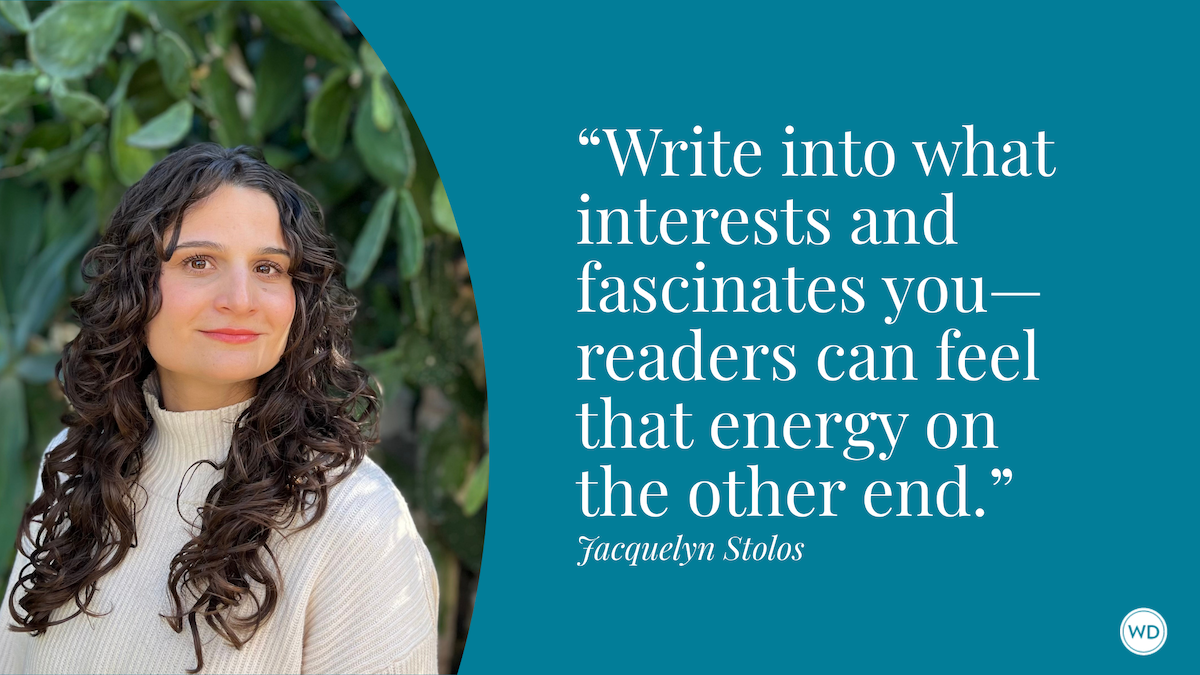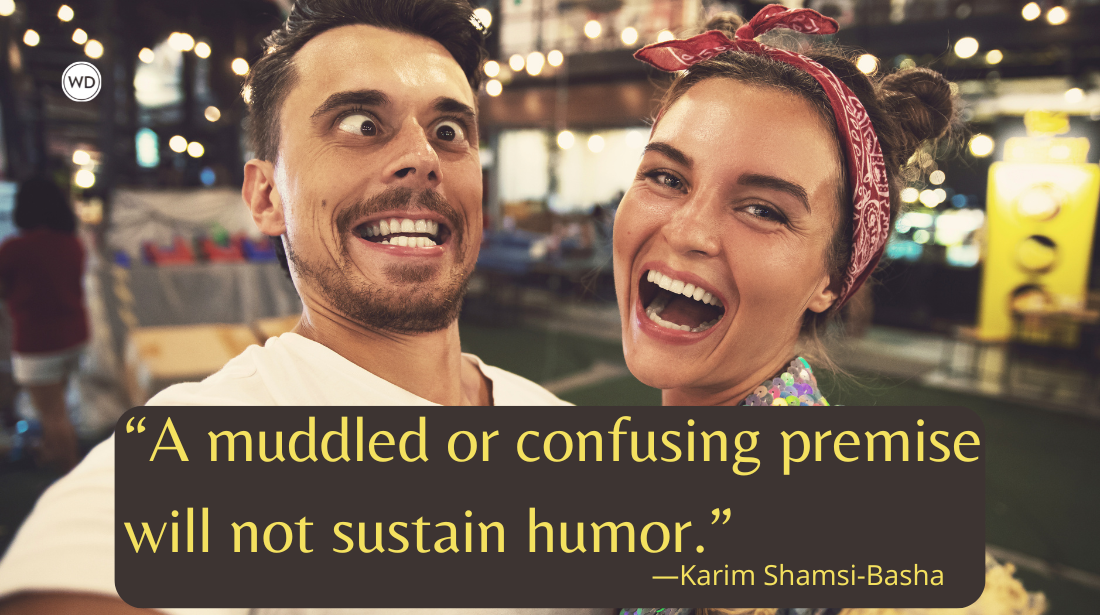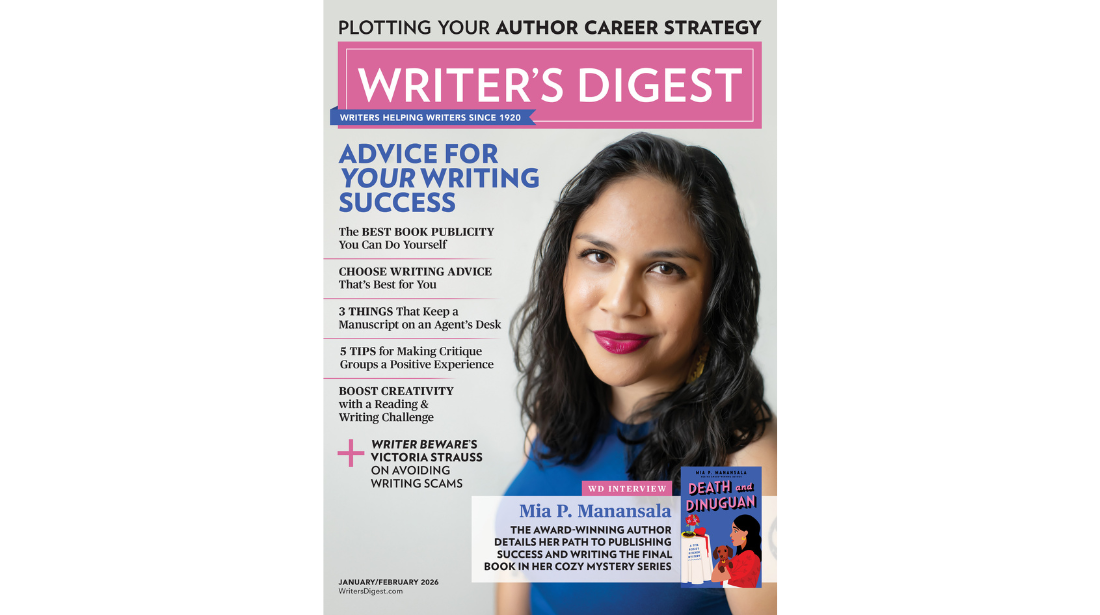The Glorious Task of Ending a Trilogy or Series
Award-winning author and arts advocate Patricia Leavy breaks down how to end a trilogy or novel series that readers will love and appreciate.
Writing the final book in a trilogy or series is a delicious but daunting task for any novelist. For starters, we don’t want to mess up what we’ve already created. More than that, we want to make it better.
We follow characters across multiple books because we love them. This is true for readers too. There’s much to consider with the final book—reader expectations, the message, narrative arcs, character arcs, honoring the origin story, how readers will feel when they close the book, and perhaps, our desire to leave them with a glorious final “something.”
To me, fiction always starts and ends with the characters. The best fiction is character-driven. Characters need to be compelling if we’re going to stick with them across books. When writing a series, there’s a balancing act between staying true to who characters are and allowing for growth.
For a single novel, we only need to consider character arcs across one story. With the final book in a series, we need to consider character arcs both across that book and across the series as a whole. Is each character’s journey complete? Have they grown? When we look at where they began and ended, does it make sense?
Additionally, while in a series we revisit the original characters we may also bring in new ones. In a trilogy, for example, there may be some characters who appear in all three books while others only appear in one or two. Yet they each need a complete character arc, and what that looks like will differ based on their role in the series.
Yes, we continue writing about characters when we adore them, but we also need something to say. Each book should have a narrative purpose. There needs to be a story. The final book in a series has a huge narrative job. As writers, we must consider the narrative of the specific book, as well as the full narrative arc of the series. So, we are juggling two sets of beginnings, middles, and endings—one for the final book and one for the entire series.
To me, there’s nothing more challenging or exciting than writing the end of the last book in a series. The ending has a big job. It’s what readers are left with, and for us authors, it’s our goodbye to characters we love. There’s a lot to consider. It’s important to honor the entire series and all the primary characters. To do this, I’m a fan of fully referencing the first book in some way—going back to where it began and imagining what’s beyond the pages.
Reading a series is an act of generosity and trust, so readers should be at the forefront. How can we satisfy readers’ expectations, hopes, and fantasies? How might readers feel when they close the book? I’m a big believer in satisfying everything a reader could hope for, and then doing one more thing, some final surprise, or glorious moment to make them smile, cry, or swoon. Something to remind them of the entire journey and help them imagine what’s to come. A poetic twist or turn of phrase. That’s probably the romantic in me.
I recently had one of the best writing experiences of my life. It started during the lockdown when like many other others, I was stuck at home bored, double fisting chocolate bars, and filled with existential doom. I longed to escape to someplace joyful, romantic, and creative. Someplace affectionate where you could hug and kiss people without fear of killing them. Romance is my genre of choice these days and because of the pandemic, I was thinking about the big questions of life.
So, I decided to write a romance novel about a group making a film about the meaning of life. Controversial filmmaker Jean Mercier is shooting a film in a remote location in Sweden. While spending the summer creating his latest work of cinematic art, he lives in a nearby inn with his lead actors. Mercier invites his friend Ella Sinclair, a free-spirited philosopher, to stay with them for the summer. When Ella arrives, Hollywood star Finn Forrester is instantly enchanted by her, and soon they fall madly in love.
In a case of life imitating art, the film they are creating explores “the big questions” and prompts the stars to reflect on the crossroads they face in their own lives. After the film shoot, they each go home. The group meets months later on the red carpet for the film’s premiere, and we see the true impact of their time together. The novel is called The Location Shoot. I loved writing it so much that I decided to continue with the characters and make it a trilogy.
Each book in the trilogy inspired the next. The second book, After the Red Carpet, sees Ella and Finn building a life together and starting a family in the shadow of Hollywood (they have three children at the end of the book). The original characters are all present or honored in some way, and new characters are introduced.
Next, I wanted to explore the lives of the three grown Forrester children, and that became the basis for the third book in the trilogy, Cinematic Destinies. Who did these children become? How would the public fascination with their parents’ love story affect them and their love stories? As a philosopher, Ella was always exploring what love might look like and feel like over a lifetime, so I also wanted to know how that unfolded for her and Finn.
Finally, whatever happened to Jean, the filmmaker who brought them all together in the first place? What does it mean to create art for a lifetime? How might one look back? All these questions inspired Cinematic Destinies.
I call this trilogy the Red Carpet Romances and together they span over 30 years. Writing the final book, Cinematic Destinies, was a total joy. I knew the original characters so well, like old friends, and the new characters captured my imagination. I also saw the concluding book as an opportunity to fully tell the story of a character that had not yet been centered. Jean Mercier, the filmmaker that brought them all together, has a supporting role in books one and two. In the final book, his narrative is completed.
Readers were never far from my mind. I tried to give them all the little nods they might hope for, including finding ways to, literally or metaphorically, bring all the characters from the first book together again. I used the epilogue to offer one last bit of movie magic, tie up all the stories, and set the stage for more, even if only in readers’ imaginations. The characters go on, which I hope is a comfort to readers.
To me, this trilogy is very much about the search for beauty and what it means to live this wondrous, messy, tragic, hopeful thing we call life, and to do so to the fullest. At the core, it’s a celebration of life, love, and art. Those were the final messages I wanted to impart, and as I cried happy tears all over my keyboard, I felt I had done that and in doing so I honored the story as a whole and the characters that have come to mean so much to me.
Check out Patricia Leavy's Cinematic Destinies here:
(WD uses affiliate links)





